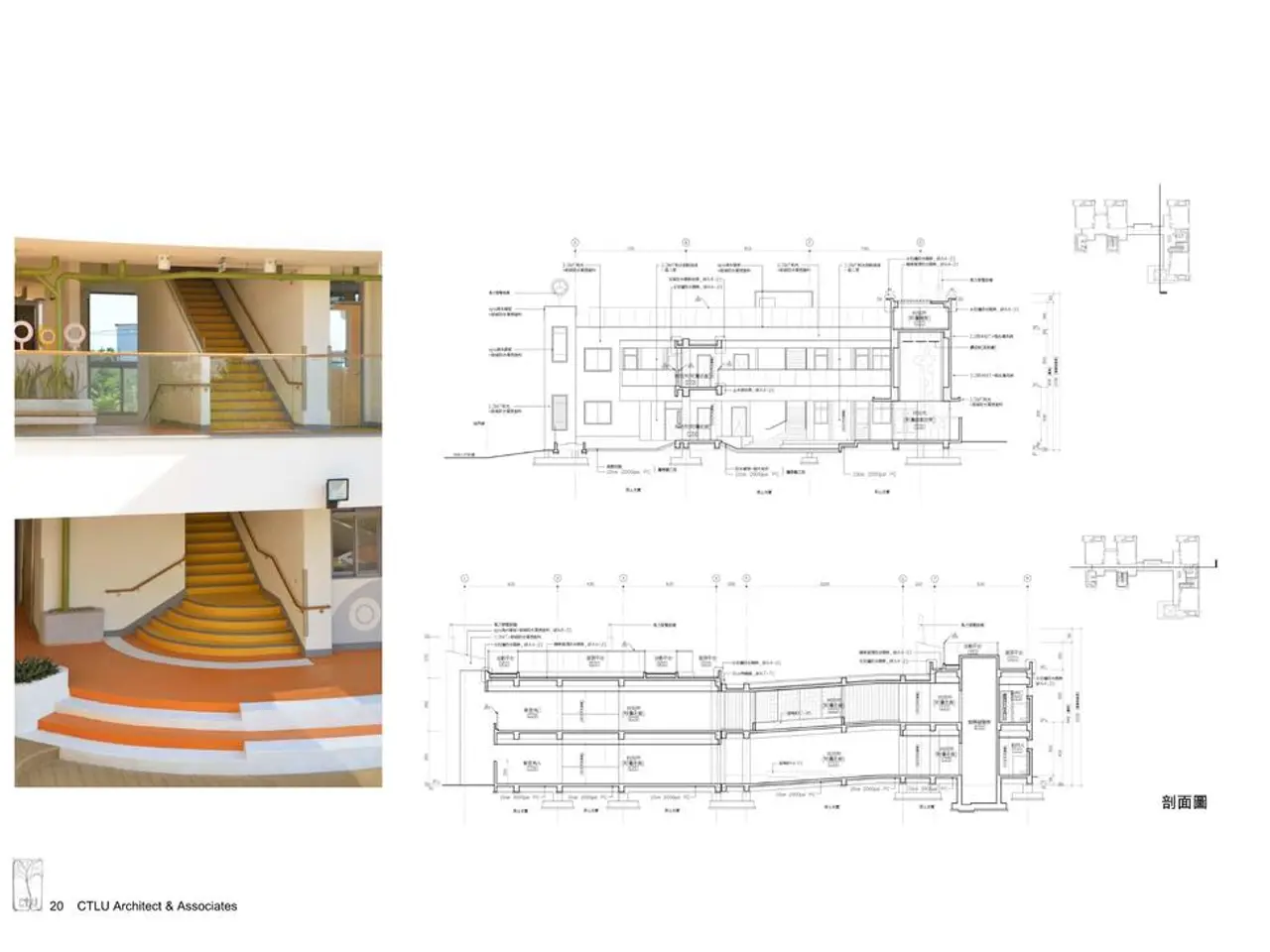Infill plot explanation and possible location for building a dream house by 2025?
In the world of self-building, infill plots present a unique opportunity to create something new in established urban or suburban areas. However, these plots come with their own set of challenges that self-builders must carefully consider to successfully realize their projects.
Firstly, the high initial purchase costs associated with infill land can be a significant hurdle. Located within developed areas, these plots command a premium price due to their prime location and development potential.
Planning and environmental constraints also pose challenges. New planning rules, especially near sensitive areas like greenbelt land, increasingly require upfront conservation measures, adding complexity, costs, and potential delays before building permissions are granted.
Competition from professional developers and investors is another obstacle self-builders often face. The scarcity and high demand for infill land make it a competitive market.
Site-specific challenges related to urban infrastructure can further complicate matters. Existing infrastructure may fragment the site, affect walkability, create noise issues, or complicate access and utility connections.
Environmental and geotechnical concerns also need careful consideration. Proximity to hazards such as soft or unstable soil, seismic risks, or pollution may require special building techniques or mitigation, increasing the technical and financial burden on self-builders.
Regulatory and design complexity is another factor. Urban infill may include overlay zones or zoning overlays that restrict building height, materials, parking, fire access, or other factors, necessitating multi-disciplinary planning and design coordination.
Despite these challenges, infill plots can take various forms, such as garden plots, large driveways, vacant parcels of land, and the sites of redundant garages or outbuildings. These plots often come with essential services like water, electricity, internet, and access to the main highway.
Finding an infill plot requires a clear strategy, including identifying what you're looking for, where to search, and how much to spend. Strategies for finding infill plots include targeting off-market opportunities, using specialist plot-finding websites, exploring areas in person, networking, attending property auctions, and studying maps and council planning portals.
Infill developments present less risk than greenfield plots from a planning perspective, but they may have site constraints. The pattern of development, plot privacy, and whether the new house will be excessively overbearing are important factors to consider.
Some areas in towns and villages have infill restrictions, such as conservation areas or areas with special character, making permission harder to obtain. However, planners generally consider infill plots as less disruptive and preferable to less sustainable sites.
Getting neighbours on side with plans to build an extra home next to their property can be challenging. Overshadowing of neighboring properties is a consideration, with a fine line between what's a reasonable level and what's not.
Privacy issues, such as windows overlooking neighbors' windows or private garden space, must be carefully addressed to avoid planning permission issues. Access to an infill plot, such as vehicular access, can make the project unviable.
In planning terms, infill development refers to turning unused or vacant pieces of land in developed areas into something useful. With careful planning, consideration of the unique challenges, and early engagement with planning authorities, ecologists, and design professionals, self-builders can navigate these obstacles effectively and create a home that fits in with its neighbours and enhances the local community.
The perfect infill plot is rare and requires compromise, focusing on what's most important such as location, plot size, or specific features. With the right approach and strategy, self-builders can turn these challenges into opportunities and create their dream home in an urban or suburban setting.
- In the process of self-building, carefully considering the high initial costs associated with infill land is crucial.
- Planning and environmental constraints, such as new rules near sensitive areas, add complexity, costs, and potential delays before building permissions are granted.
- Competition from professional developers and investors can make finding and securing an infill plot challenging due to the scarcity and high demand for such land.
- Site-specific challenges related to urban infrastructure, like existing infrastructure affecting walkability or creating noise issues, can further complicate matters.
- Environmental and geotechnical concerns, such as soft or unstable soil, seismic risks, or pollution, require careful consideration and may increase the technical and financial burden on self-builders.
- Urban infill developments may include overlay zones or zoning overlays that restrict building height, materials, parking, fire access, or other factors, necessitating multi-disciplinary planning and design coordination.
- Infill plots can take various forms, such as garden plots, large driveways, vacant parcels of land, and the sites of redundant garages or outbuildings, and often come with essential services like water, electricity, internet, and access to the main highway.
- With the right approach and strategy, self-builders can turn infill plot challenges into opportunities, finding the perfect plot by focusing on what's most important—location, plot size, or specific features—and creating their dream home in an urban or suburban setting.




